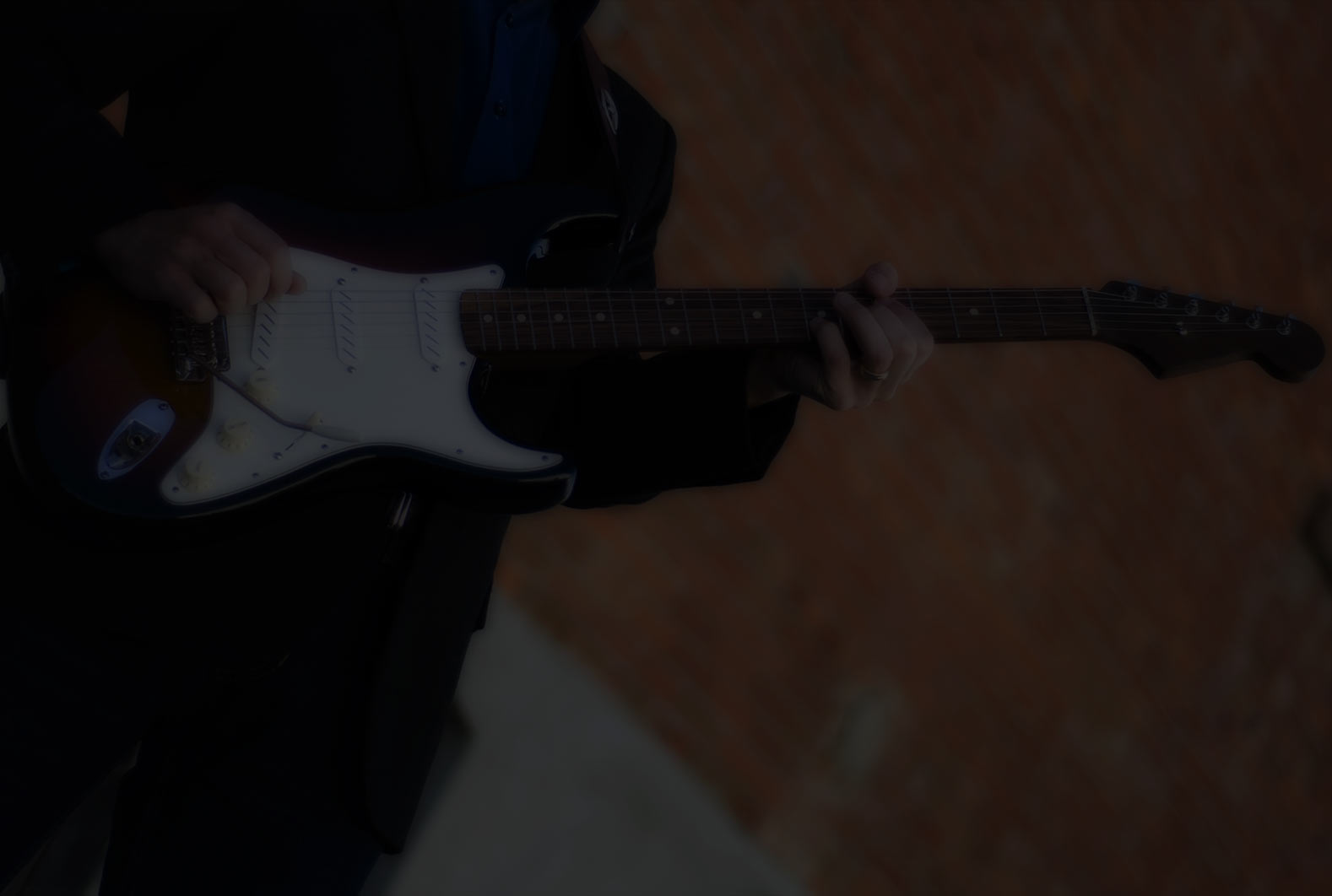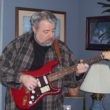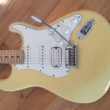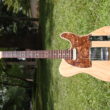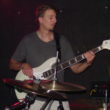RObert... another fine session. Great ideas within... thanks.
Great chat Robert.
Excellent idea on finding all the 3rds and 7ths and using them as pivot points to locate scales on different areas on the neck.
Robert,
Will you be putting together a comprehensive course based strictly on learning and using chord tones?
Thanks,
Bill
Hope so. What would you guys like to see in such a course?
How did you like what I did in this chat? I want you try the same thing as I did here. It's a systematic approach that really works, but you have to put in the work!
Robert,
I think what I would like in a course for chord tones is:
- Exercises to learn and play the 1,3,5,7 for all the keys.
- Exercises with I, IV, V progressions for all the keys playing only the chord tones.
- Exercise to play chord tones with the Stout Blues backing track.
Thanks,
Bill
Thanks for the feedback!
Now, I would love to hear you guys attempt what I did in this video. This the ANSWER to knowing where the chord tones are. All you need to know is there: 1-3-5 and 7. Use these notes in creative ways and add other licks and notes to them as well.
What about note for note exercise for doing this? That's fine, I will do Soundslice lesson for that (I assume that is most members' wish?). It's a good start to have it all laid out and you can follow along at whatever tempo you wish with the slowdown feature on Soundslice.
However, that's not enough. You need to do what I did here frequently, to make it second nature to find these notes. You must practice finding notes at random/at will, using different rhythms that you make up on the fly. That's improvisation, and that's where creativity comes from in soloing. Yeah it can be frustrating, but so what? From hard work comes powerful rewards.
I hope this doesn't sound disappointing or harsh... I want you to be able to play freely like I do, and this is most of the answer for how to do that.
When you focus too much effort on exercises, you end up sounding like an exercise. That does not mean exercises are bad or should be avoided, but at some point, you need take the knowledge gained from exercises and start creating on your own. That's the BIG DIFFERENCE.
We are all at different levels of experience and ability and as a result have different needs, but for me I think I got more out of this lesson than any of your previous lessons. Simple and to the point.
Good job!
What is it that makes Blues the blues?
What is it that makes Blues the blues?
Good question. What do you think?
I think it has to do with the I7 - IV7 - V7 progression. It creates a certain sound.
Also, the blue note (flat 5) and the minor 3rd over the Dominant 7 chord contributes to the "bluesy sound" I think.
Lastly, the style of licks and phrasing is part of the sound too.
The last couple of weeks have bee extremely busy, I've fallen behind and now trying to catch up.
What a great way to start catching up with MGA Chat 5. Great chat Robert. I enjoyed it immensely and find lots of wise advice and insight within the video. In other words... I liked it!
thanks
What is it that makes Blues the blues?
Good question. What do you think?
I think it has to do with the I7 - IV7 - V7 progression. It creates a certain sound.
Also, the blue note (flat 5) and the minor 3rd over the Dominant 7 chord contributes to the "bluesy sound" I think.
Lastly, the style of licks and phrasing is part of the sound too.
I think that just about covers it.
But do you think a rock song could have all those elements?
What makes blues, the blues... Great question!
Good answers so far... I7 IV7 V7, blues notes.... perhaps some 'call and answer'...?
I have wondered about this at times and further wondered what distinguishes Chicago, Texas, Mississippi, Delta... blues from each other.
Does the 'form' i.e. 12 bar, quick change, slow change, 8 bar... have a part in defining blues...?
I think the lines are all very blurry... blues, blues rock, jazzy blues, uptown blues, swing blues...
It may not just be technical. There may be a spiritual or emotional aspect to it, ie. the way our brains perceive certain sounds or combination of sounds, but I agree with Chris that the I7, IV7, V7, blue notes and call and response has a lot to do with it.
A friend of mine and I recently had a discussion about the song "The Summer Knows" , the theme song from "The Summer of '42" and why the minor scale sounds dark and gloomy and the major scale sounds bright and cheery.
This song is written in both the major and minor scales. When played in the key of E the first four notes are E, F#, G, E (minor scale) which comes across as sorrow and sadness. Later when the tune switches to the major scale the first four notes are E, F#, G#, E.
By just adding a half step from G to G# gloom an doom is turned in to hope and optimism.
We couldn't come up with an explanation of why, but for some reason this is the way our brains process this small difference.
I guess when we play Blues, we access a special part of our brains. Any doctors out there?
Whoa, MGA Chat 5 is another sit down and let me show you how it's done lesson from RR!
I have just watched, with guitar in hand and hitting rewind frequently, and there will be a few more sessions of that Chat 5 so I can soak up all the gravy on that plate. Fantastic Classic Renman- Thanks.

